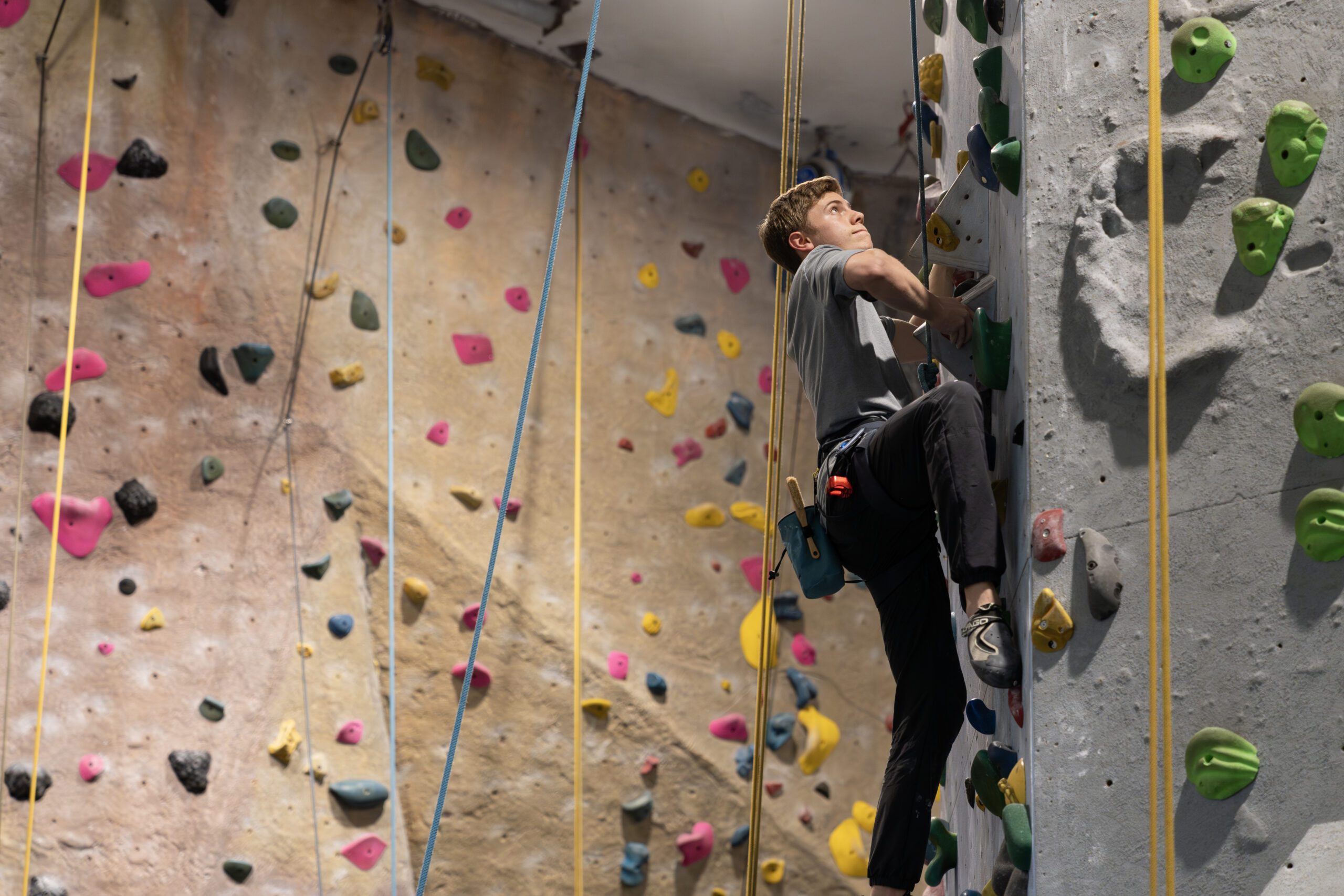
By Tom Cartwright of The Physical Therapy Centre, North Sydney
Climbing is so good for you – it’s fantastic physical exercise, it’s expressive, social, and most of all, fun. From a health perspective, it’s hard then to think why you’d choose to spend your time doing anything else. Just keep climbing and you’ll be right.
Perhaps the best and worst thing about climbing is the fact that it involves the whole body. This is great because you address all parts of the body from an exercise perspective, but you simultaneously put all parts of the body at risk of injury.
Over the years we have seen many rock climbers present to The Physicaltherapy Centre with a range of injuries. Given the complexity of the sport of climbing, we have tailored a specific brand of treatment towards this group of individuals.
This is the most obvious movement in rock climbing and probably the first one we think of – pulling yourself across the face of the wall from one hold to another. As a result of all of this pulling, the most common muscle affected is the flexor digitorum profundus (FDP). Common injuries involving this area include Golfer's elbow (or climbers elbow in our case).
The FDP can get injured for many reasons including not having enough strength, having weaker shoulder muscles and shortening of the muscle tissues. These injuries can occur because the muscle is taking on more load than it can handle or from overuse as this FDP is used in every hold for rock climbers and hyperextension from failing holds and catches.
Exercises that can help strengthen FDP and reduce risk of injury are wrist curls, reverse curls using a suicide grip and recruitment pulls. Check out some more exercises in our blog about climber's elbow
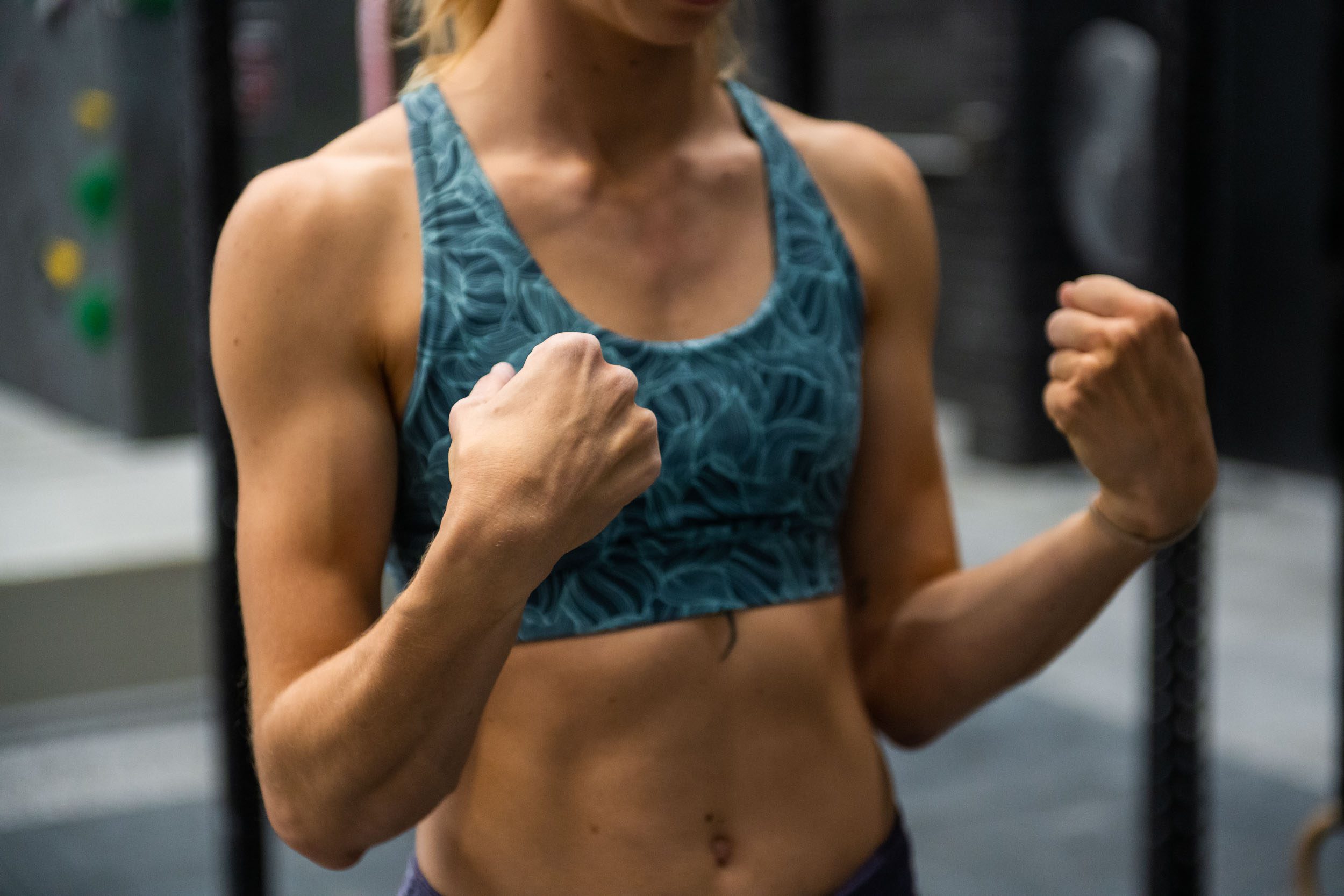
The second most common movement in climbing is the Push. Climbers will push from both their arms and legs in order to hold their position or manoeuvre themselves to a different position. There can be a lot of force involved with this particular movement and it can often come from awkward positions.
Two key joints from which the majority of the pushing occurs are the shoulders and the hips. We need to look after these joints and exercise them effectively if we are to improve our climbing. Poor workstation ergonomics and bad exercise programming can lead to the deconditioning of our bodies. Think of all the slouching that we do at our desks as well as the shortening of our hip flexors and hamstrings while sitting.
With respect to the shoulders, the overhead press and dips are the most beneficial for shoulder strength. Note for the sake of creating well rounded shoulder strength it is also vital to include some shoulder specific pulling exercises such as face pulls and “W” pulls.
Stiffening refers to one’s ability to create stiffness within the general region of the torso. In other words, we are talking about core strength. Back pain is by far the most common problem that presents to manual therapists. Having a stable core can help prevent back pain. Think of the core as every muscle between your shoulders and hips. It’s not just your abdominal muscles, it involves many more. Being able to brace these muscles helps protect your back and creates a stable base from which you can operate.
Some exercises you can do to help strengthen your core and create a stable base are:
Here's a blog that outlines some of our top core exercises for climbers.
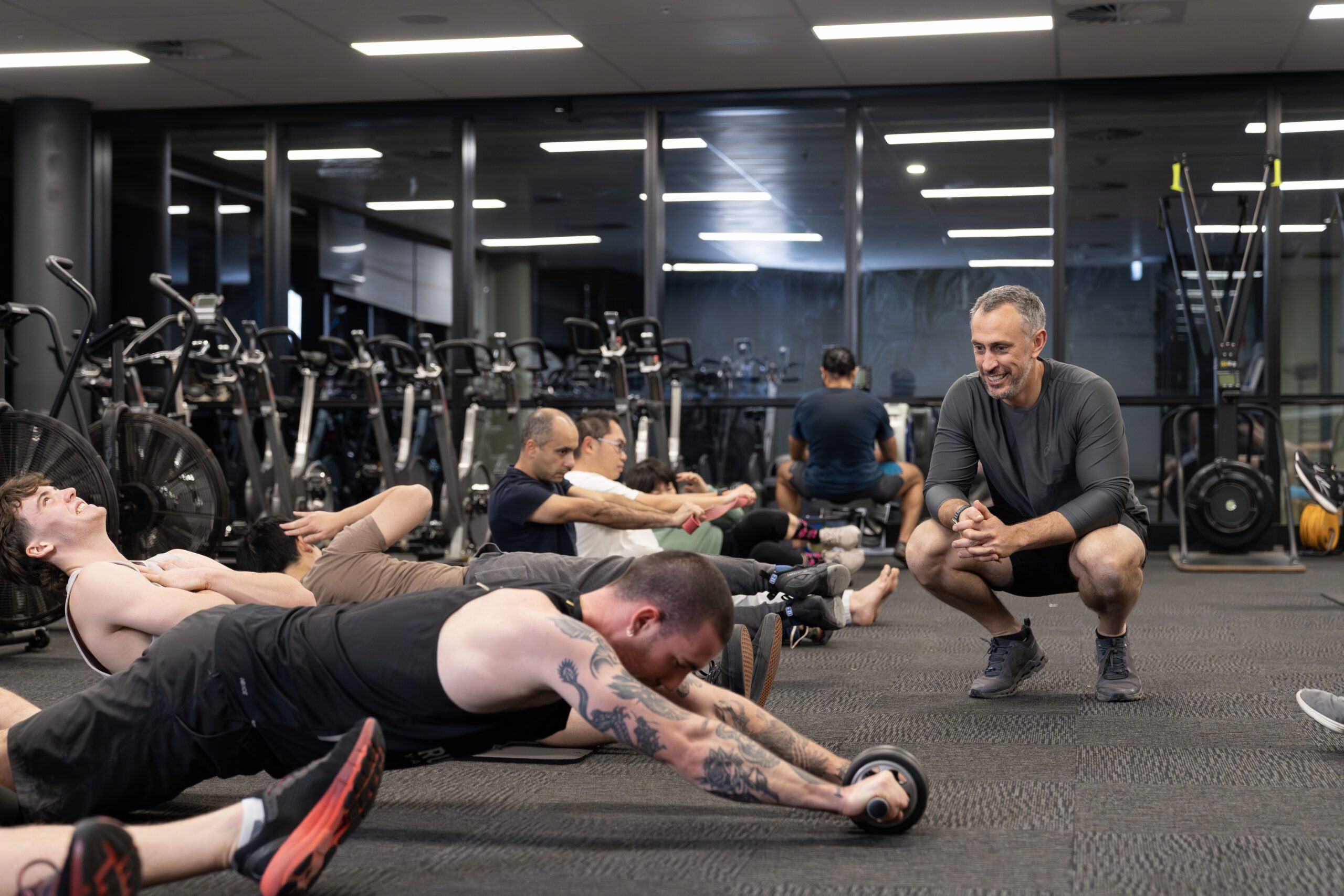
The squat movement pattern is essentially another push movement but it deserves its own attention. The squat revolves mostly around the hip joints and becoming strong in this movement will greatly enhance ones climbing ability.
“Heel hooking” in climbing often leads to hamstring strains so it is important to have good hamstring and glute strength to help avoid injury. Another consideration is that most people will have one leg shorter than the other (2-5mm on average). This imbalance creates uneven loading thoroughout the pelvis and hamstrings.
To help strengthen your hammies, the goblet squat should become your new best friend, as well as other exercises such as nordic curls, stiff-legged dead lift and Romanian dead lifts. This will ensure your hammies and glutes have the strength they need to support you.
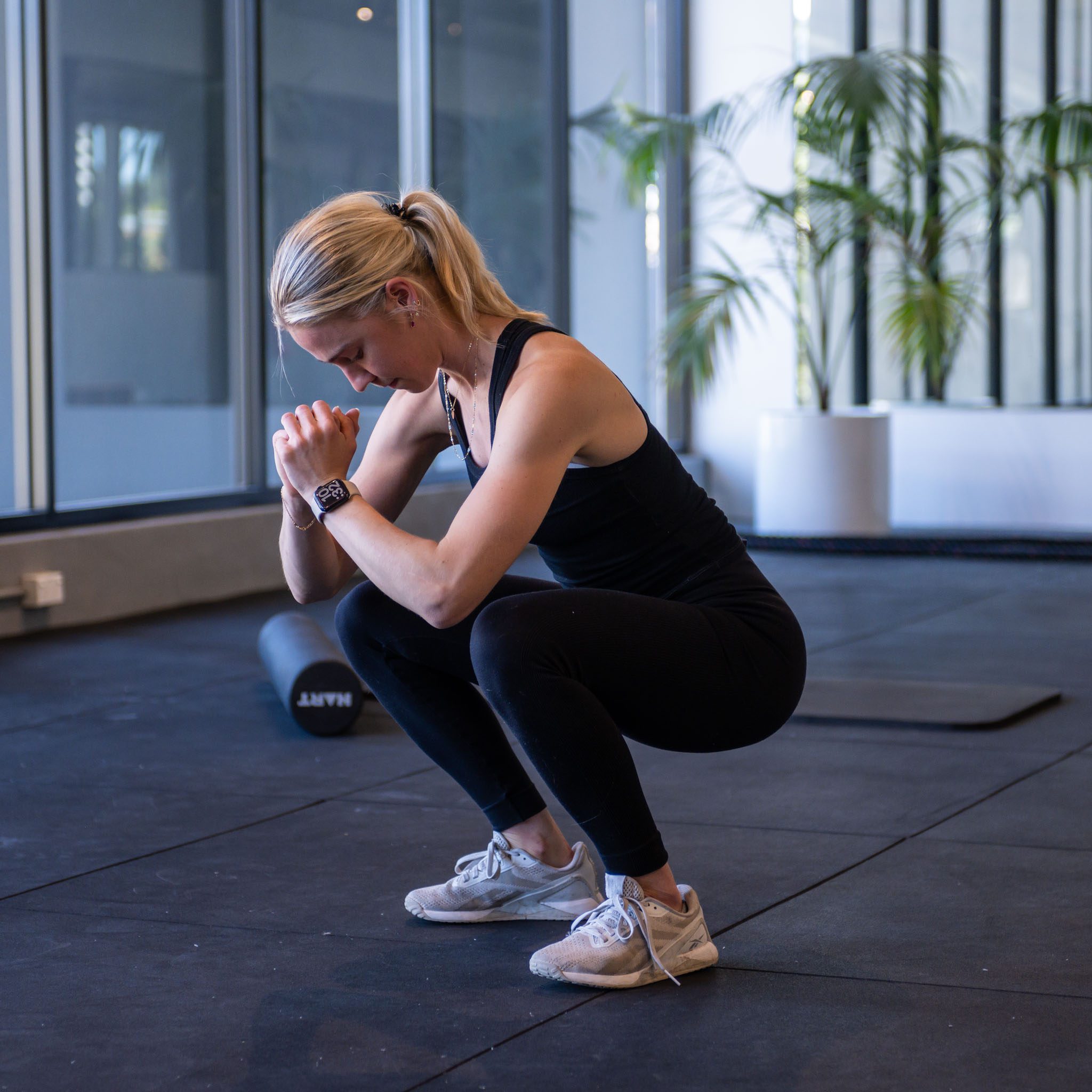
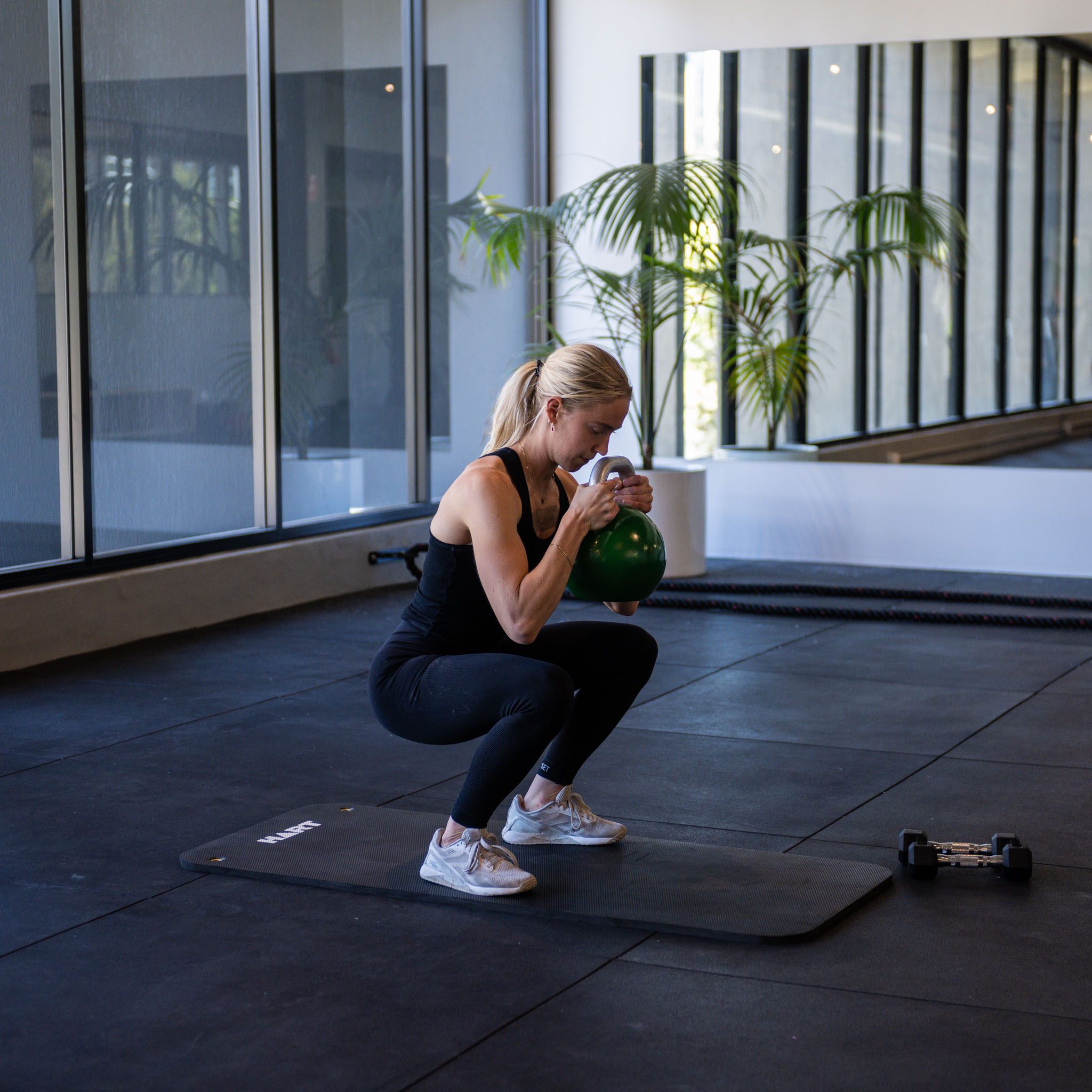
Yes, rest is not a movement, but is so important we have included in our list. To ensure you enjoy longevity in climbing, periodic rest (a reduction in movement) serves as vital recovery from the incurred strains of the sport. We know how addictive climbing is and so it is very easy to over-train. Rest is more than just sleep, your body needs a break from the constant overload that it endures from climbing and working. Your body needs rest so that your tissues can repair themselves so you can get stronger and better.
If you're not a fan of sitting still, try some of these less intense activities:
Climbers need to recognise the potential for injury in their sport and take preventative steps so that they can keep climbing. Understanding these five fundamental movements gives them a good framework from which to build an exercise program. It’s also worthwhile having a rough understanding of the potential injuries that can come about from performing these movements ineffectively which is why it is important for climbers to make contact with a health professional.
Just like your car, your body also needs periodic servicing. Regular therapy helps revitalise the bodies tissues and prevents premature breakdown. It is important to rest, recover and rejuvenate so that you can continue to enjoy the sport you love into older age.
If you’d like to learn more, our team at The Physicaltherapy Centre can assist you in your rock climbing journey - get in touch with us today.
Tom Cartwright - Principal Chiropractor
BMus, BSc. M. Chiro & ART Practitioner The Physicaltherapy Centre, Walker Street, North Sydney
Website - www.thephysicaltherapycetre.com.au
Videos - YouTube channel
